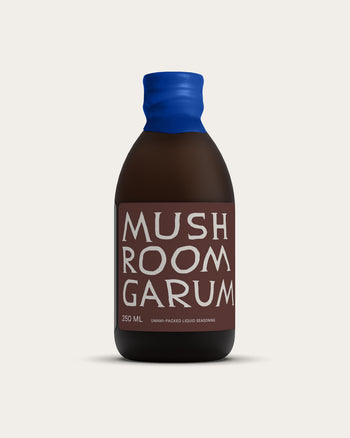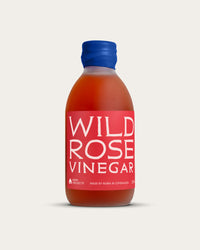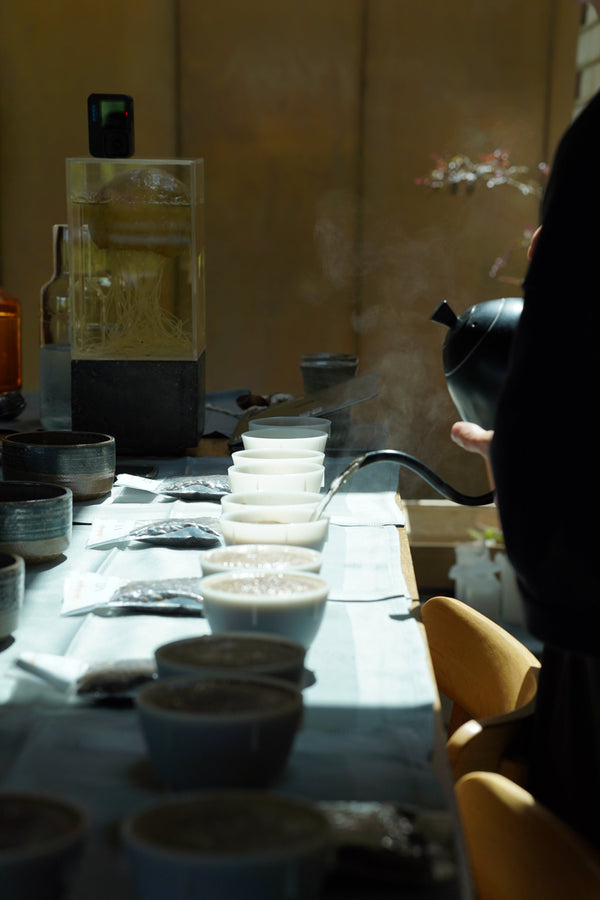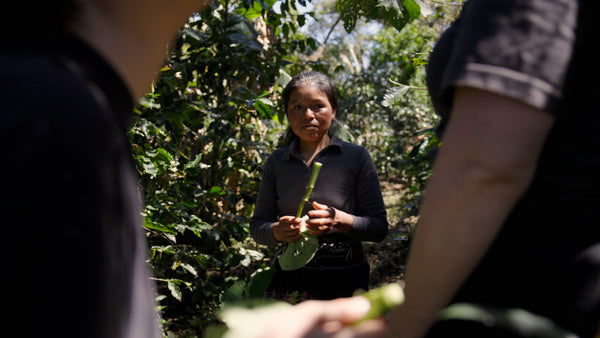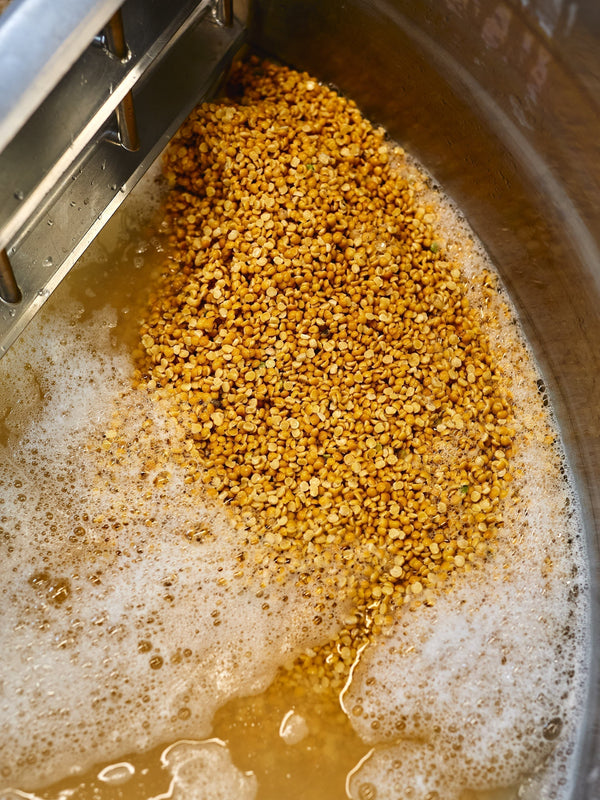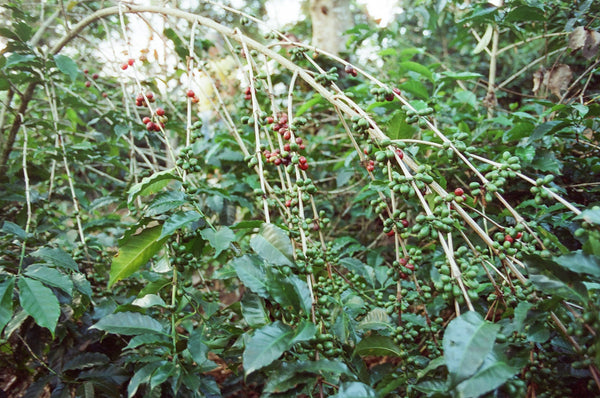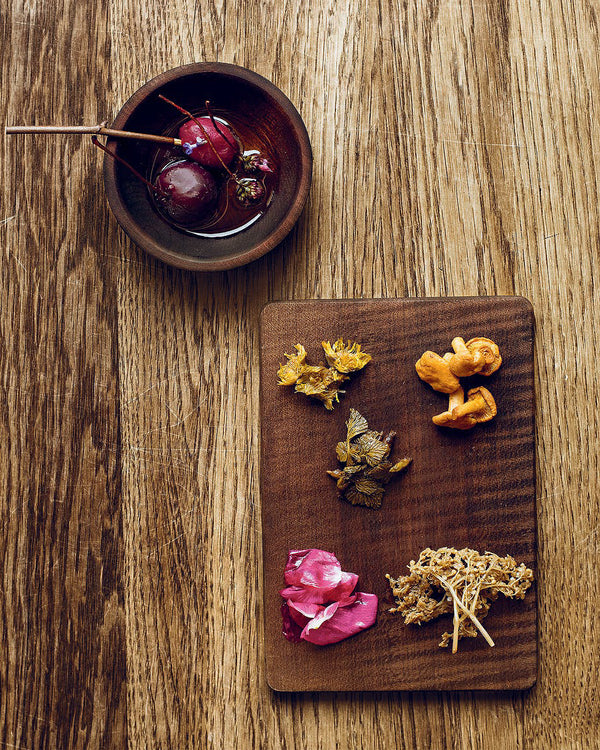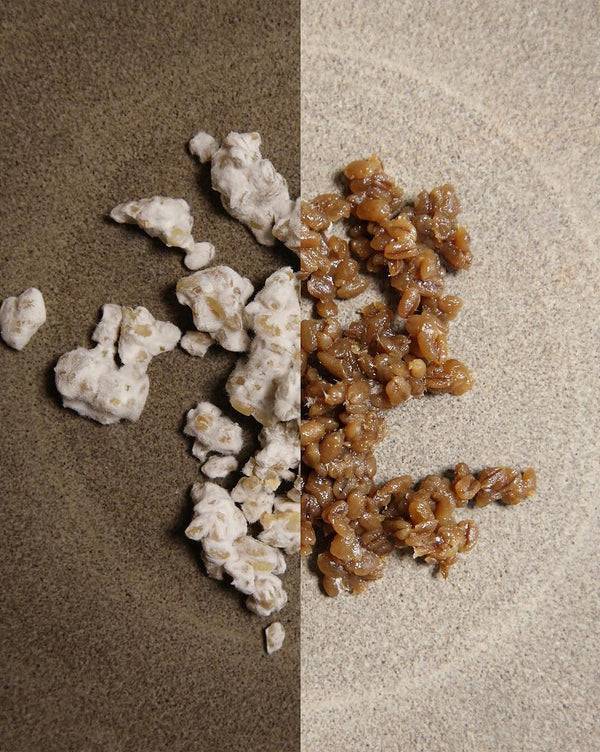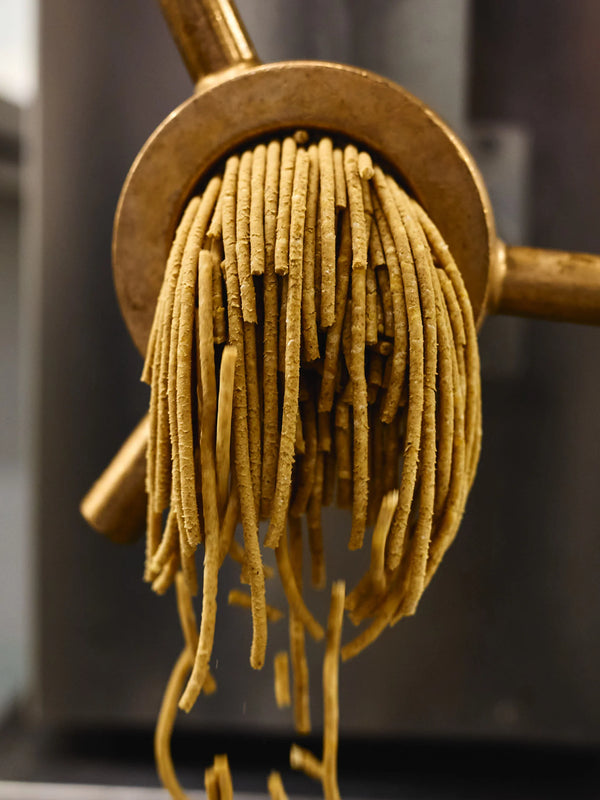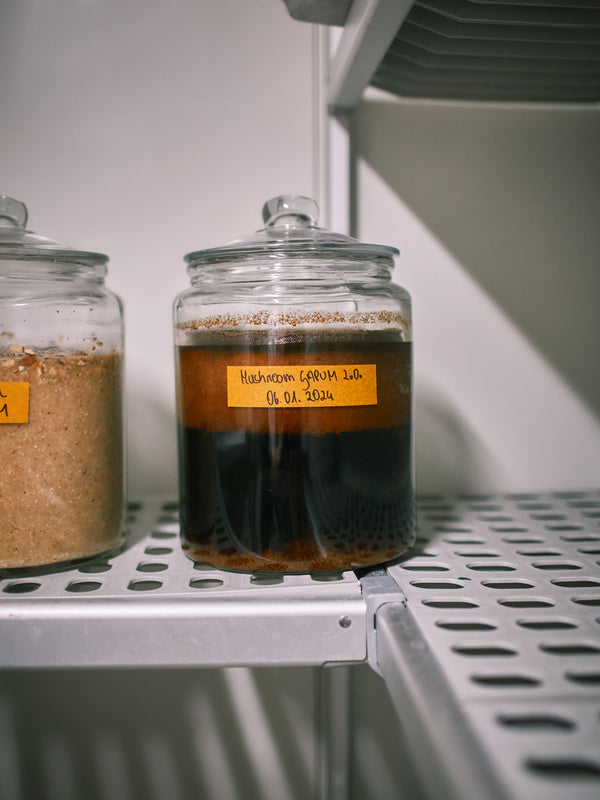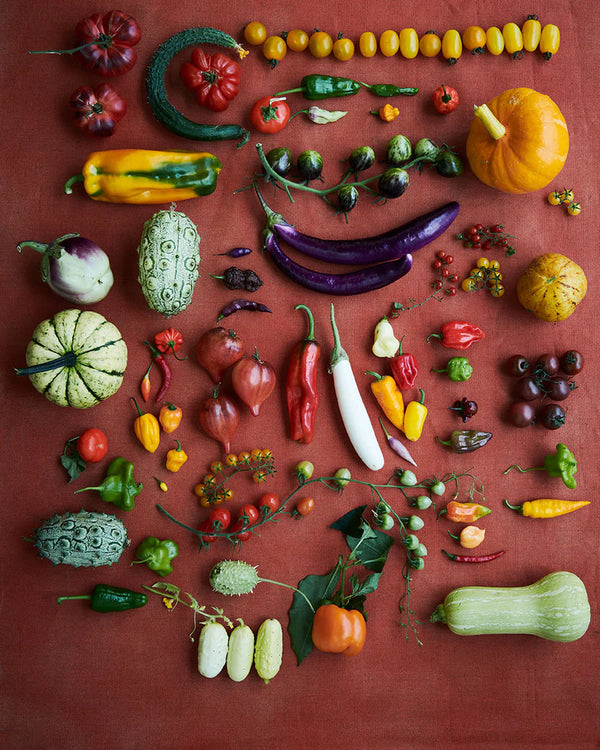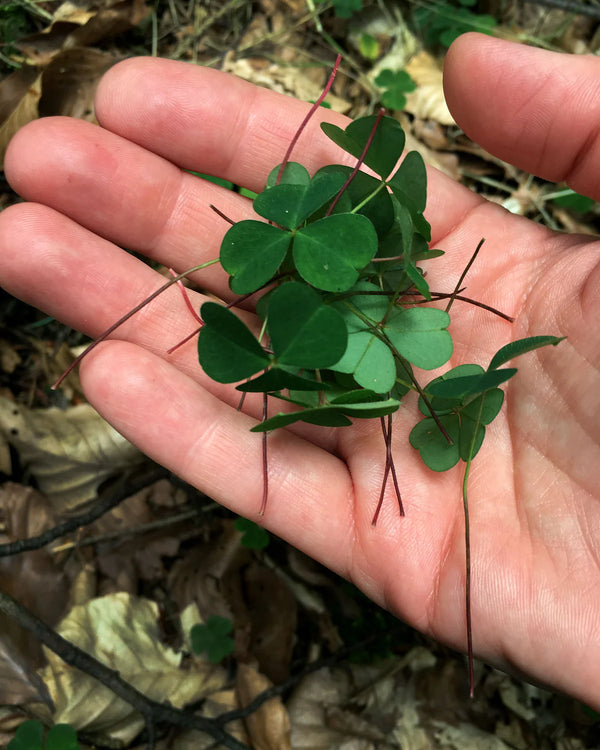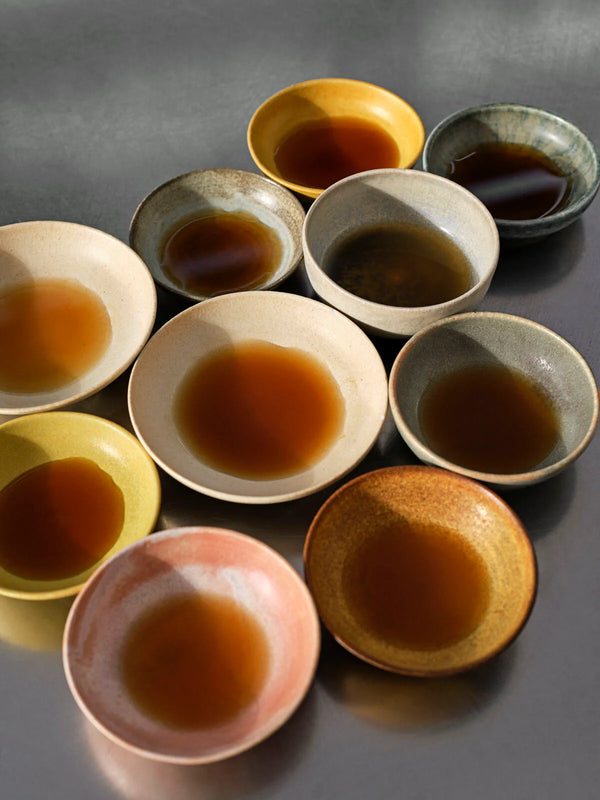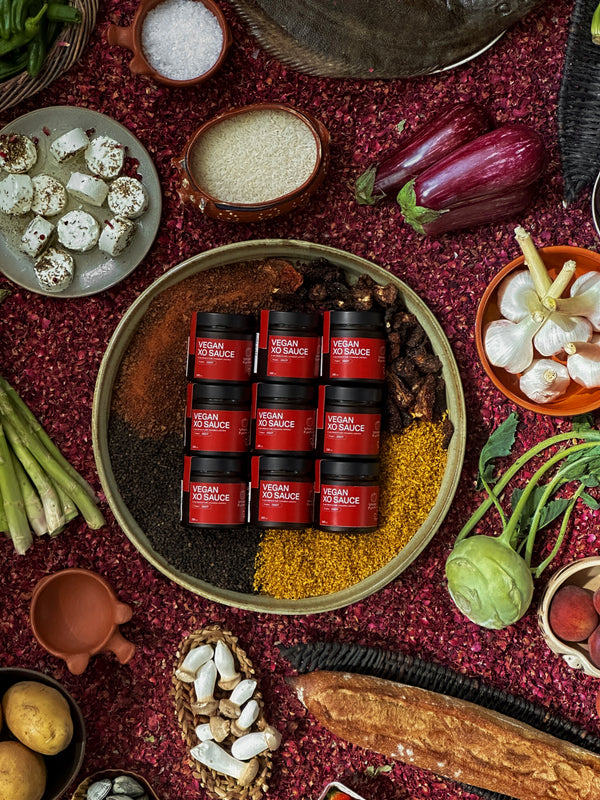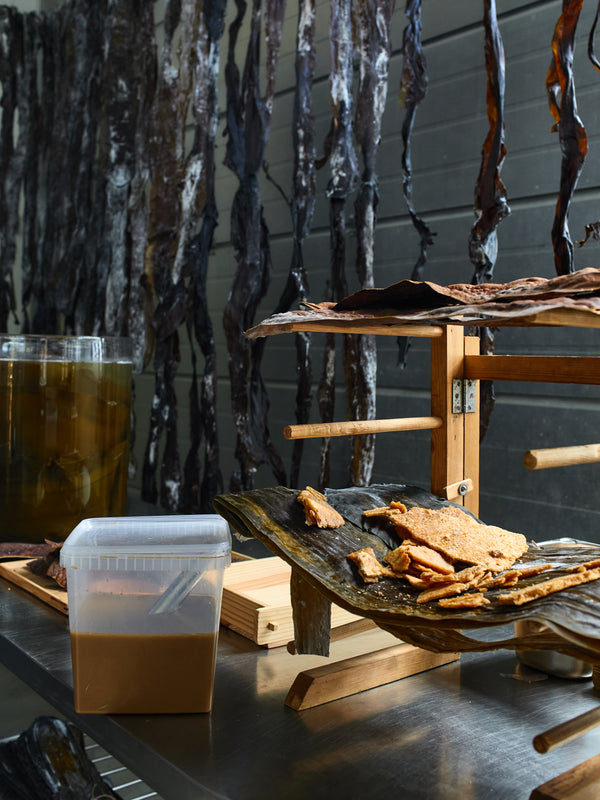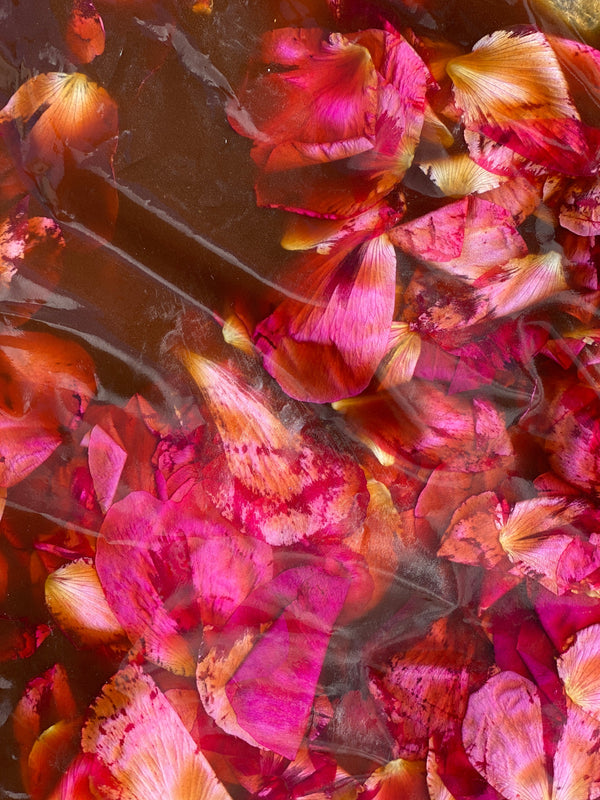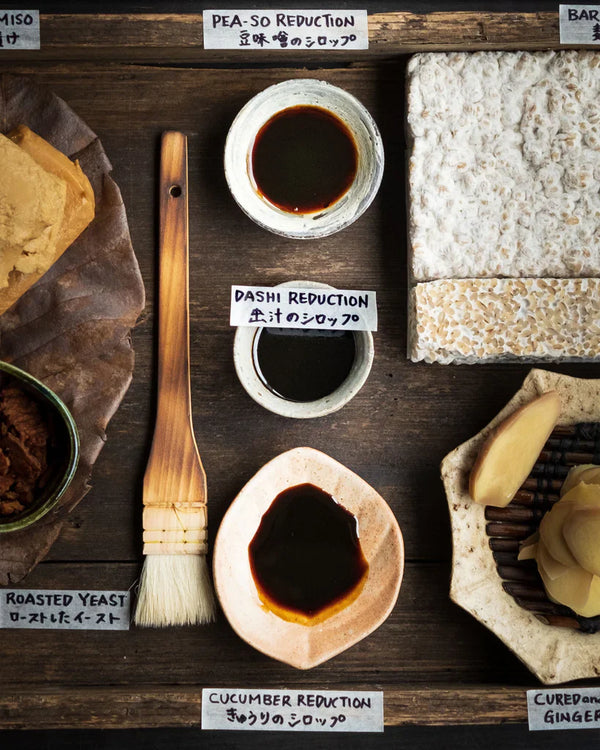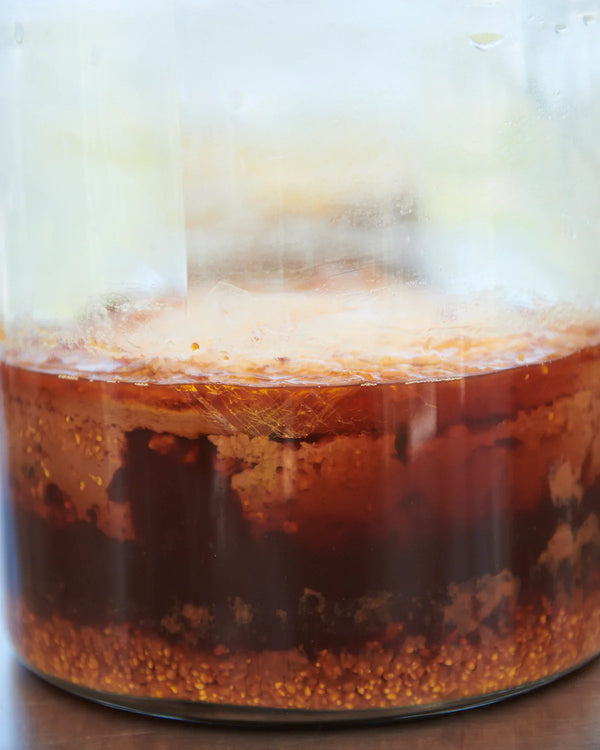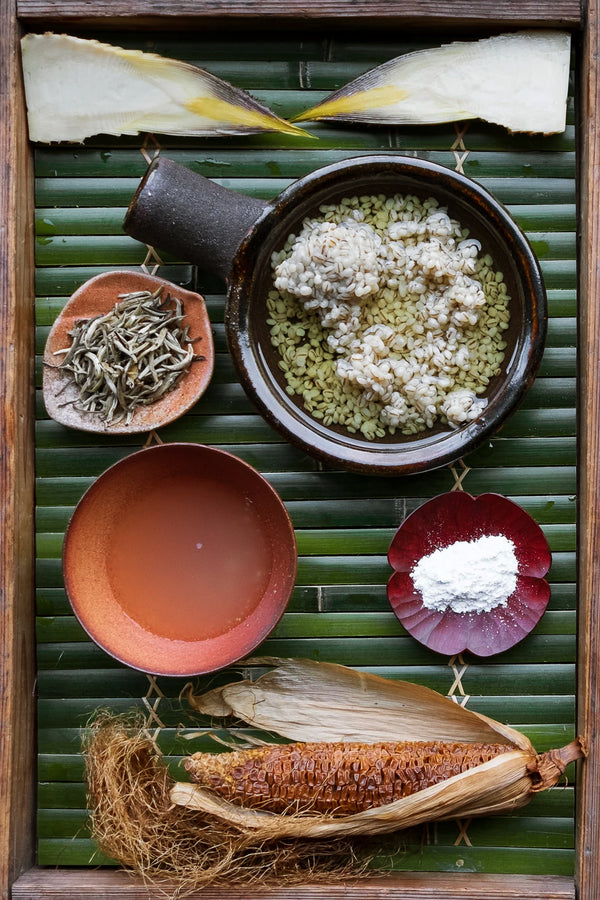To use rose in your cooking is to walk a line: too much, and your food tastes like a soap bar; too little, and you wonder if it’s there at all. But when it's used just right—steeped in syrup, folded into cream, whipped into mousse—it brings a quiet, gentle luxury.
In Iran, where the perfume of rose water is practically part of the national identity, itshows up in rice pudding, ice cream, and on occasion, savory dishes like fesenjan, a slow-cooked walnut and pomegranate stew. There, the floral note doesn’t feel like a flourish—it’s foundational. The idea is not to make food smell like a flower shop, but to create depth, balance, and complexity.
Walk through a spice market in Istanbul or Beirut and you’ll find jars of dried rose petals nestled between pistachios and cardamom pods. In Turkey, rose shows up in lokum, or Turkish delight, which has a texture somewhere between a marshmallow and a gummy bear. In Lebanon, it finds its way into syrups that glaze pastries and soften semolina cakes. These syrups often serve as essential ingredients in desserts, cakes, and even coffee. Meanwhile, in Mexico, rose petals are steeped into syrups for colorful aguas frescas and paletas, offering a twist to everyday refreshment.
In India, there’s gulkand, a sticky rose petal preserve eaten straight or stuffed into sweets. There’s falooda, a drink of rose syrup, basil seeds, milk, and ice cream. And then there’s gulab jamun, deep-fried dough balls dunked in rose-scented syrup. The name literally translates to "rose water fruit.”
In Japan, rose petals sometimes feature in traditional confections and teas, adding a subtle floral note. The French kitchen has long seized on rose’s lightness and hue in pink macarons and marshmallows, or glasses of rose syrup stirred into Champagne. And the same can be said for English cuisine, especially back in the Victorian era, with rose-flavored candies and precious jams.
In Syria, rose water is used to flavor savory rice dishes, balancing spices and adding a floral depth. And in Egypt, rose water is incorporated into puddings and fruit salads, imparting a fragrant brightness.






